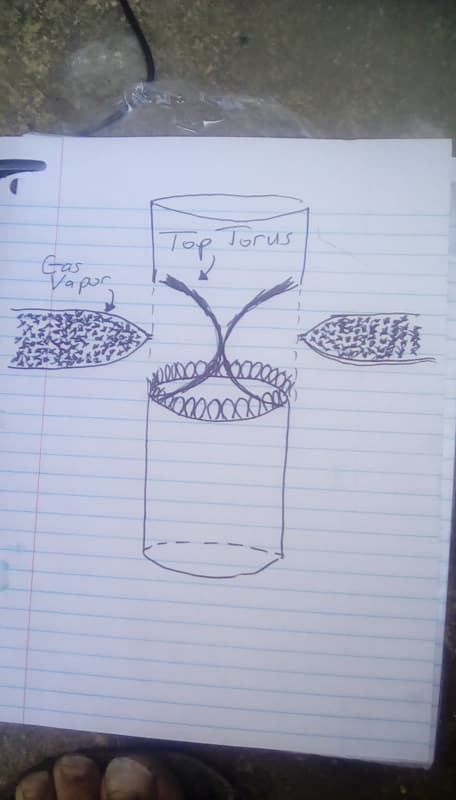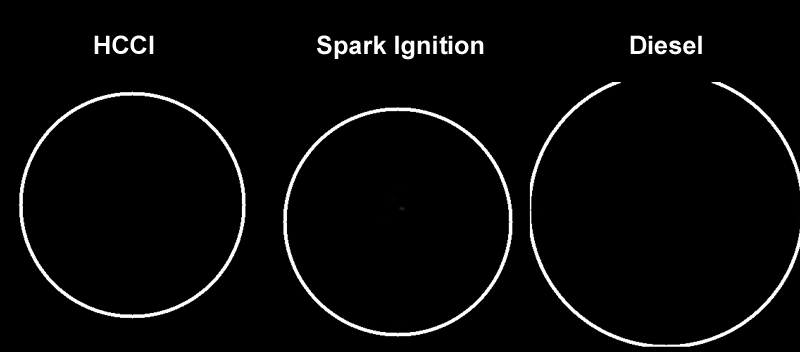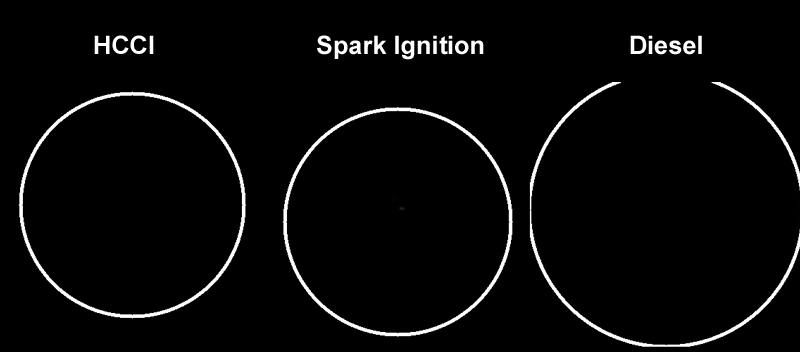t644
Petroleum
- Jul 7, 2016
- 6

I designed a cylinder for an opposed force engine, the two pistons are half-hemispheres, that move laterally to the direction of the up-down cylinder (the drawing should show two pipes both perpendicular at the level where the two pistons are to accomodate their lateral movement). My question is, I originally had the top of the cylinder open and short, but I wonder if it should be a very long coil that is "closed at the end", upon explosion, so that the explosion in the cylinder reflects a shock force, as opposed to a compression force, like an explosion in a gas pipeline that reaches supersonic speeds. Then the engine could use less fuel if the local explosion is 7 ATM and the reflected explosion in a gas pipeline is 1000 ATM, I assume using a small amount of fuel would move the two pistons. The picture says top torus, no, those are the two pistons, shaped as half-spheres, with it being more flat at their contact point. Just beneath the pistons is a ring of repeated metallic X's, or ribbon X's, and looking directly at them inside the pipe, they look like X's with no width, but the ribbons have width in the other coordinate, but they're just ribbons, and they're used to control the flame. I'm wondering if that vertical pipe needs to be very long to generate a shock wave that moves the pistons that move left-right in an opposed force cylinder, as opposed to generating compression in a short closed cylinder. The design seems to me that the vertical pipe (which is closed at the bottom) is that way so it's not really short, but perhaps quite long and coiled.
This is a video of an explosion in an open pipe on youtube: If you can generate an explosion, or really shock wave like in that youtube video, it seems the engine would burn (imagine if the fuel had to "catch up" with the shock wave front, it would create a long string of flame outside the piston area that (and due to the other things like the shape of the piston and the X's) also had better combustion profile so that it burns more efficiently.


